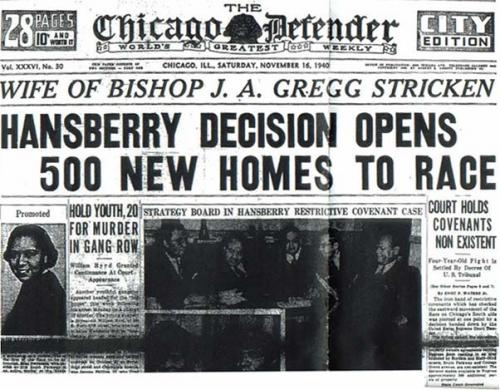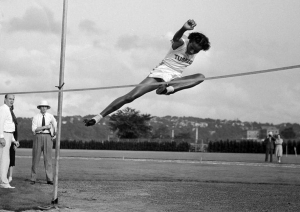Robert Sengstacke Abbott was a successful African American entrepreneur. He has been described as America’s first black media mogul. He was the publisher of “The Chicago Defender” newspaper and one of the richest black men in America then.
The Chicago Defender founded by Abbott on May 5, 1905, is revered as one of the most important black newspapers in history. It was a weekly newspaper that would pave the way for black publishers such as Earl G. Graves, John H. Johnson and Edward Lewis.
According to the African American Registry, Abbott set up his printing equipment in his landlady’s dining room with a folding card table and a kitchen chair as his office. When he started, he sold 300 copies by going door to door, visiting every barbershop, poolroom, drugstore, and church on the South Side of Chicago.
He worked for 15 years and finally made a success out of the newspaper. The Chicago Defender became so successful that Abbott became one of the nation’s most prominent post-slavery black millionaires.
Born in 1870 in Georgia to freed slaves, Abbott was still a baby when his father, Thomas Abbott, died of leukemia. He was an errand boy. His mother, Flora, later married John Sengstacke, a mulatto of German descent who added Sengstacke to his name.
He grew up with his half-German stepfather. Young Robert encountered racial injustice every step of the way as a young man until his adulthood.
Abbott studied printing trade at Hampton Institute (Hampton University). He then earned a law degree from Kent College of Law, Chicago in 1898. Despite trying to establish law firms across the country, Abbott couldn’t practise law due to racial prejudice in the United States.
Then in 1905, he started The Chicago Defender, with the initial investment of 25 cents. The paper morphed into Chicago’s most widely circulated newspaper for African Americans and made Abbott one of the first of African American descent self-made millionaire.
From errand boy to lawyer to publisher, what started off for Abbott as a four-page pamphlet distributed strictly in black neighbourhoods reportedly grew into a readership garnering half a million a week at its peak, numbers that mirror the Miami Herald and Orlando Sentinel today.
Abbot used the pages of The Chicago Defender to encourage people to migrate North for better livelihood. By 1916, the paper’s circulation reached 50,000. He climbed to 120,000 by 1918. It then increased to 200,000 by the early 1920s.
The paper saw a rise in circulation even though it was initially banned in the South because it supported African-Americans to abandon the area and head North, but the Georgia native reportedly used a network of black railroad porters who would eventually become the Brotherhood of Sleeping Car Porters to distribute the paper in Southern states.
Following the Great Migration, many blacks migrated to the Midwest. Using his paper, Abbott focused on issues affecting blacks in the early 20th century, including Jim Crow segregation, the presidency of Woodrow Wilson and the deadly 1919 Chicago riots.

Abbott did not only empower adults, he targeted kids as well. In 1921, he began a section for kids called the Defender Junior with its own kid editor who had a fictional name: Bud Billiken. Later, the Bud Billiken Parade was started in Chicago. It’s now one of the largest annual parades in the U.S.
Abbott proved that indeed the Black newspaper was the weapon mightier than the sword. He also published a short-lived paper called Abbott’s Monthly. He died of Bright’s disease on February 29, 1940, at the age of 71 leaving the paper in the control of his heir and nephew.
In the wake of his death, the front page of the Chicago Defender announced: “He educated his race to demand their rights as men . . . His early life as a journalist and abolitionist against wrong was one of toil, poverty and hardship . . . Farewell, Chief, you have pointed to a star . . . may it give light to our weary feet along the pathway to hope . . .”
Abbott’s nephew, John H. Sengstacke, took over The Defender in the 1940s, eventually heading black newspapers in Detroit and Memphis, Tennessee, and the historic Pittsburgh Courier.
Abbott lived at 4742 S – Martin Luther King Drive, Chicago, now a historic landmark known as Robert S. Abbott House. He was inducted into the Chicago Literary Hall of Fame in 2017.










